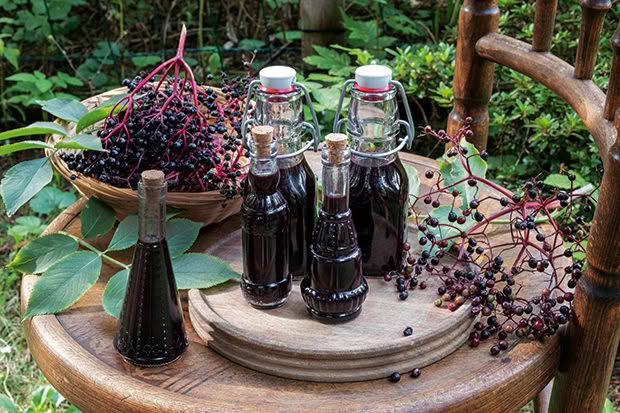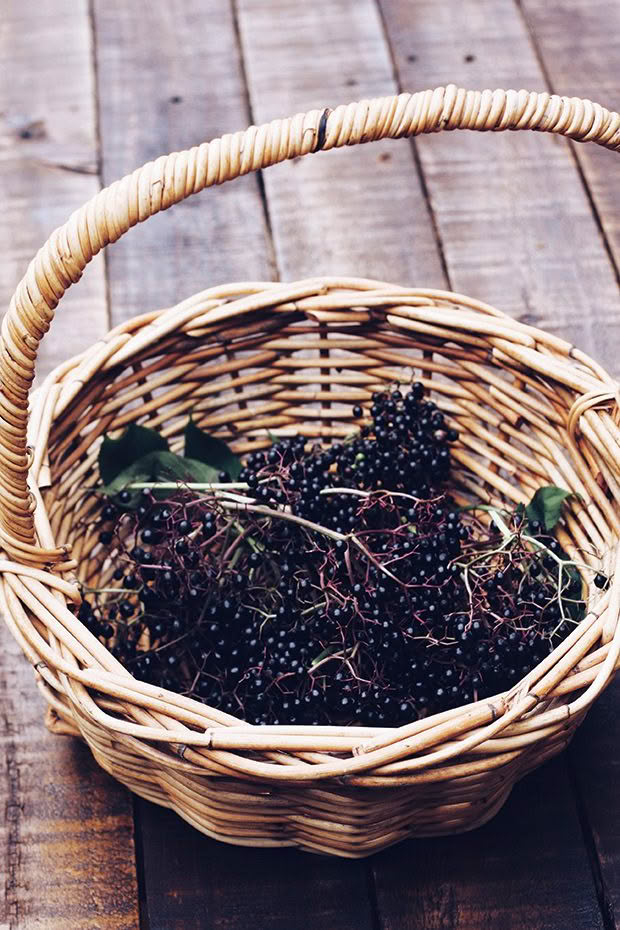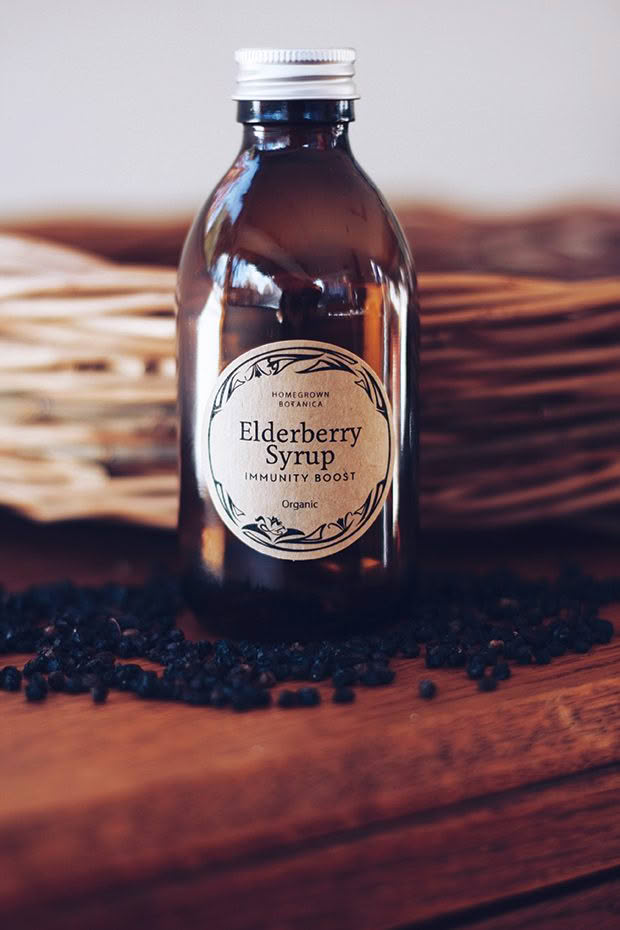The pest berry with plenty of uses

It may often be viewed as a pest species in New Zealand, but the elder tree has been revered by human beings for millennia for its spiritual and medicinal applications.
Words and photos: Felicity Joy
I first discovered the elder (Sambucus) when I was living in northern Italy. The region was populated by thousands of tidy, well-manicured vineyards, yet any abandoned or vacant spaces had been taken over by sprawling elder trees, which together formed dense thickets.
I often wondered whether they had been planted there deliberately. The elder holds a special significance in European mythology. The druids – religious leaders of the ancient Celtic cultures – regarded the elder as a gift from the earth mother who lived within the tree itself. Traditionally planted on a property as protection from evil, it was believed to prevent the milk from spoiling on dairy farms, and the aroma of the leaves is known to keep flies and mosquitoes at bay.
Just like in Italy, whenever I find an elder tree on the edge of old homesteads and farms in New Zealand, I wonder if it was planted by some early settler who was trying to protect their land from bad spirits, or, at the very least, blow flies.
Whatever the reason, the elder tree is very useful when you know what to do with it. During my time in Italy, the locals taught me how to make herbal tea out of the spring-time elderflowers. I also learned that autumn elderberries are delicious when made into herbal infusions, jams or an immune-boosting syrup.
Packed full of vitamins and antioxidants, elderberries have anti-viral and immune-stimulating properties and are used by medicinal and folk herbalists as a remedy for upper respiratory infections.
Hippocrates, the father of medicine, referred to these berries as his “medicine chest” due to their numerous therapeutic applications. Recent small-scale clinical trials have also suggested elderberry syrup can be useful in the treatment of influenza, although these need to be confirmed by larger studies.

FORAGING
The best time to forage for ripe elderberries is when they form – two to three months after the elderflowers. Although there are around 30 species of elder across the world, those most commonly found in New Zealand are Sambucus canadensis (common elderberry) and Sambucus nigra (black elder).
Elders are typically large shrubs or small trees growing from 1.5-6m tall. The green leaves are pinnate with leaflets in two rows either side of the midvein; each leaf typically has seven sharply serrated leaflets and is 5-13cm long with pointed tips. The flowers form in cream clusters at the ends of branches, later ripening into green then dark purple berries. The bark is green when young, with wart-like bumps along the trunk, turning a smooth greyish tan colour when mature.
Before picking, always ensure that you have accurately identified the berries as elderberries, as many wild, purple-coloured berries are toxic. Also beware that all parts of the elder are toxic except for the mature flower heads and the fully ripened and cooked purple or black berries. Do not eat any green parts of the plant including the leaves, stalks or stems, or uncooked berries. When foraging, I’d suggest going with someone who is familiar with the elder tree and knows exactly what they’re looking for.
If you are successful in harvesting ripe berries, a simple way to preserve and use them throughout the year is to make an immune-boosting elderberry syrup.
Elderberry Syrup

Gather fully ripe elderberries. Gently tug berries off the stems. The stems can be discarded.
Makes: 500mls
Prep time: 30 minutes
Cook time: 2 hours
INGREDIENTS
½ cup ripe elderberries, stems removed
1 cinnamon stick
2 tbsp sliced ginger
2 ½ cups water
½ cup honey
METHOD
Combine all ingredients except honey in a pot and boil for five minutes. Then reduce the heat, and simmer, covered, for 40 minutes, until the liquid reduces by half.
Strain out the elderberries and spices through a sieve and measure the liquid. It should measure one cup. If not, return to the stove and simmer until further reduced.
Remove from the heat, stir in honey and mix well until fully dissolved.
Bottle in a sterilised bottle or glass jar. Label and store in the fridge for up to a year.
Take one tablespoon up to three times per day to support the immune system or at the first sign of illness. The syrup is also delicious drizzled onto breakfasts, puddings and desserts.
Love this story? Subscribe now!
 This article first appeared in NZ Lifestyle Block Magazine.
This article first appeared in NZ Lifestyle Block Magazine.
